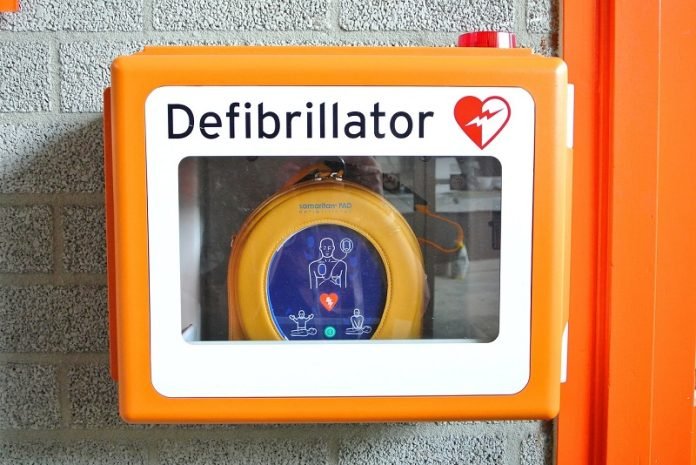
Here’s an interesting fact: there are machines that can help restart the heart when it stops, called defibrillators.
These amazing machines are not being used as much as they should be, according to some new research.
What are Defibrillators?
Defibrillators are lifesaving devices that can send an electric shock to the heart. They’re used when someone’s heart stops beating properly, in a condition known as cardiac arrest.
This can happen out of the blue, and if it’s not treated quickly, the person can die. That’s why it’s so important to have defibrillators around.
What’s the Research About?
The research is all about how many times defibrillators are used when people have a cardiac arrest.
Researchers looked at the East of England Ambulance Service and The Circuit, which is a map showing where all the defibrillators in the UK are located. The researchers looked at six months of data, from April to September 2022.
What did they Find?
They found out that there were 1,649 cardiac arrests in the East of England during this time. In 79% of these cases, a defibrillator was nearby (within 500m).
But, here’s the surprising part: these defibrillators were only used in 10% of cases! This means that even when a defibrillator was available, it wasn’t being used in nine out of ten cardiac arrests.
Why is this Happening?
The researchers believe that one of the reasons for this is that people aren’t aware of how important defibrillators are and how to use them.
This is why they’re calling for better education and awareness about these lifesaving machines.
Where are the Defibrillators?
Another interesting fact they found was that there were fewer defibrillators in poorer areas compared to richer areas.
For instance, Luton, which is the most deprived area in the East of England, had the fewest defibrillators.
The Bigger Picture
Each year, more than 30,000 people in the UK die from cardiac arrests that happen outside of the hospital. Less than one in ten people survive these incidents.
However, if someone receives CPR (chest compressions and breaths) and defibrillation quickly, their chance of surviving more than doubles.
What can be Done?
Dr. Thomas Keeble, one of the researchers, said that we need to do more to make people aware of defibrillators and how to use them.
He also said that we need more defibrillators in poorer areas. Judy O’Sullivan, from the British Heart Foundation, added that we need to encourage more people to use defibrillators when they’re available.
She also said that there are thousands of defibrillators that aren’t registered with the ambulance service. If these were registered, it would make it easier to find a defibrillator when someone has a cardiac arrest.
Wrapping Up
So, the next time you’re out and about, take a look around. You might see a defibrillator. Remember, these devices are lifesavers and could one day help save someone’s life!
If you care about heart health, please read studies about the best time to take vitamins to prevent heart disease, and Vitamin K2 could help reduce heart disease risk.
For more information about heart health, please see recent studies that calcium supplements may harm your heart health, and results showing Flu and COVID-19 vaccines may increase heart disease risk.
Copyright © 2023 Knowridge Science Report. All rights reserved.




